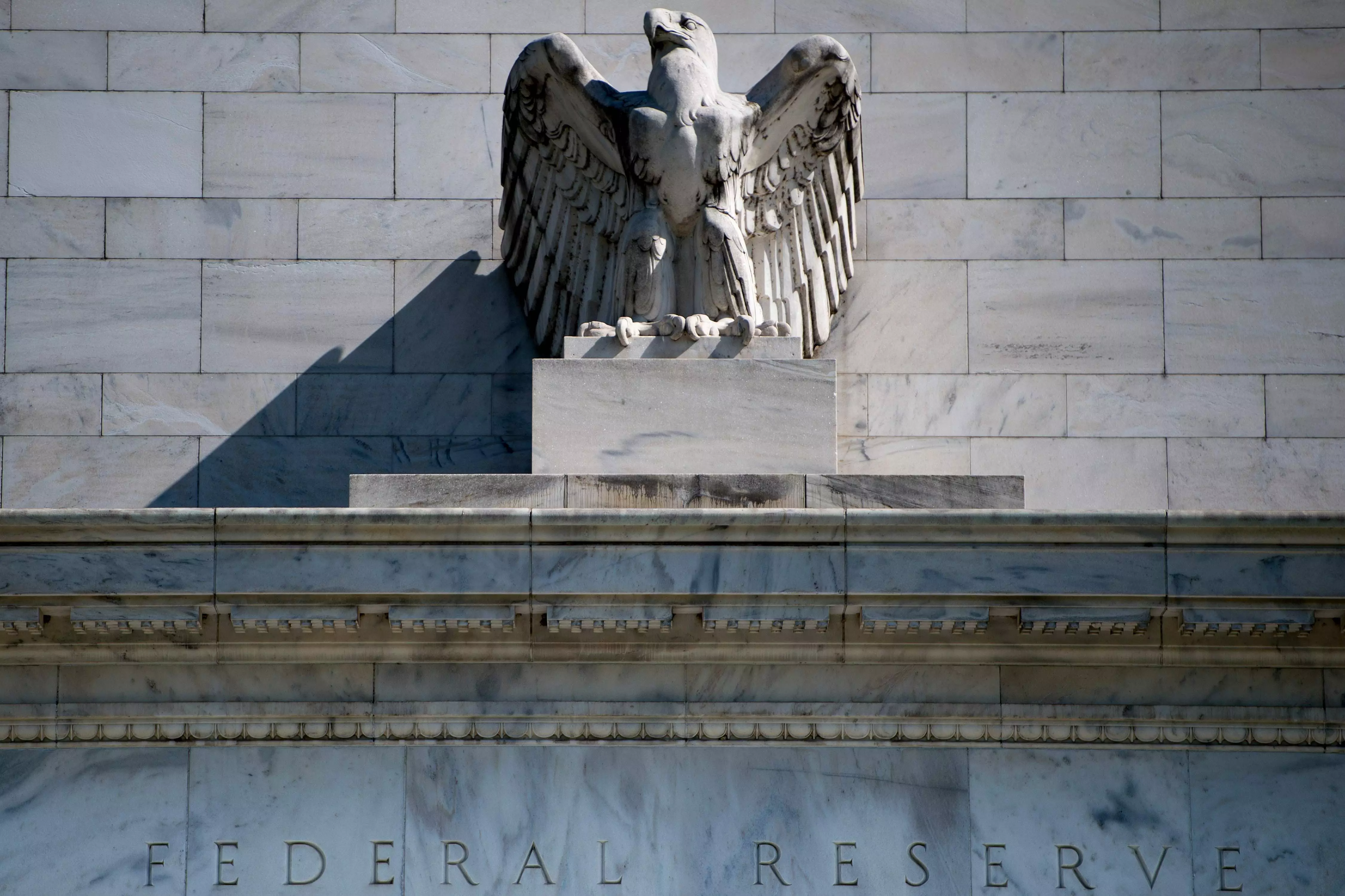DC Edit | World waits for US Fed to act

In a couple of days, economists and central banks across the world will focus on Washington where the governors of the Federal Reserve will be meeting to review the economic situation in the United States. In view of an underperforming labour market, it is expected to slash interest rates by 25 basis points for the first time in four years. As the United States is still a preeminent financial force in the world, this development will force all central banks, including India, to reassess their monetary situation.
A lower Fed rate would widen interest arbitrage and make investors invest in emerging markets. The speculation has already boosted Indian stock markets to an all-time high. If more dollars enter India, it will strengthen the rupee as against the dollar. If the Reserve Bank of India (RBI) wants to keep the rupee lower, one of the options is to buy dollars from the market. However, it would infuse more rupee liquidity into the market, which will increase inflation. A scenario that inflation-wary RBI may not like to adopt.
Another way to deal with the problem of plenty is to maintain the interest rate arbitrage between the rupee and the dollar by reducing the repo rate. In spite of a relatively stable inflation scenario, the RBI resisted the temptation to cut the repo rate.
If it decides to slash interest rates, it will be the first time in four years. The last RBI had slashed repo rate was in May 2020. After increasing the repo rate for seven times between May 2022 to June 2023, the Reserve Bank kept the repo rate unchanged at 6.50 per cent. However, excess liquidity in the market kept monetary transmission — RBI’s ability to influence bank rate — at suboptimal level. Nevertheless, the Fed rate move could finally nudge the Reserve Bank to cut interest rates when it meets in October.

